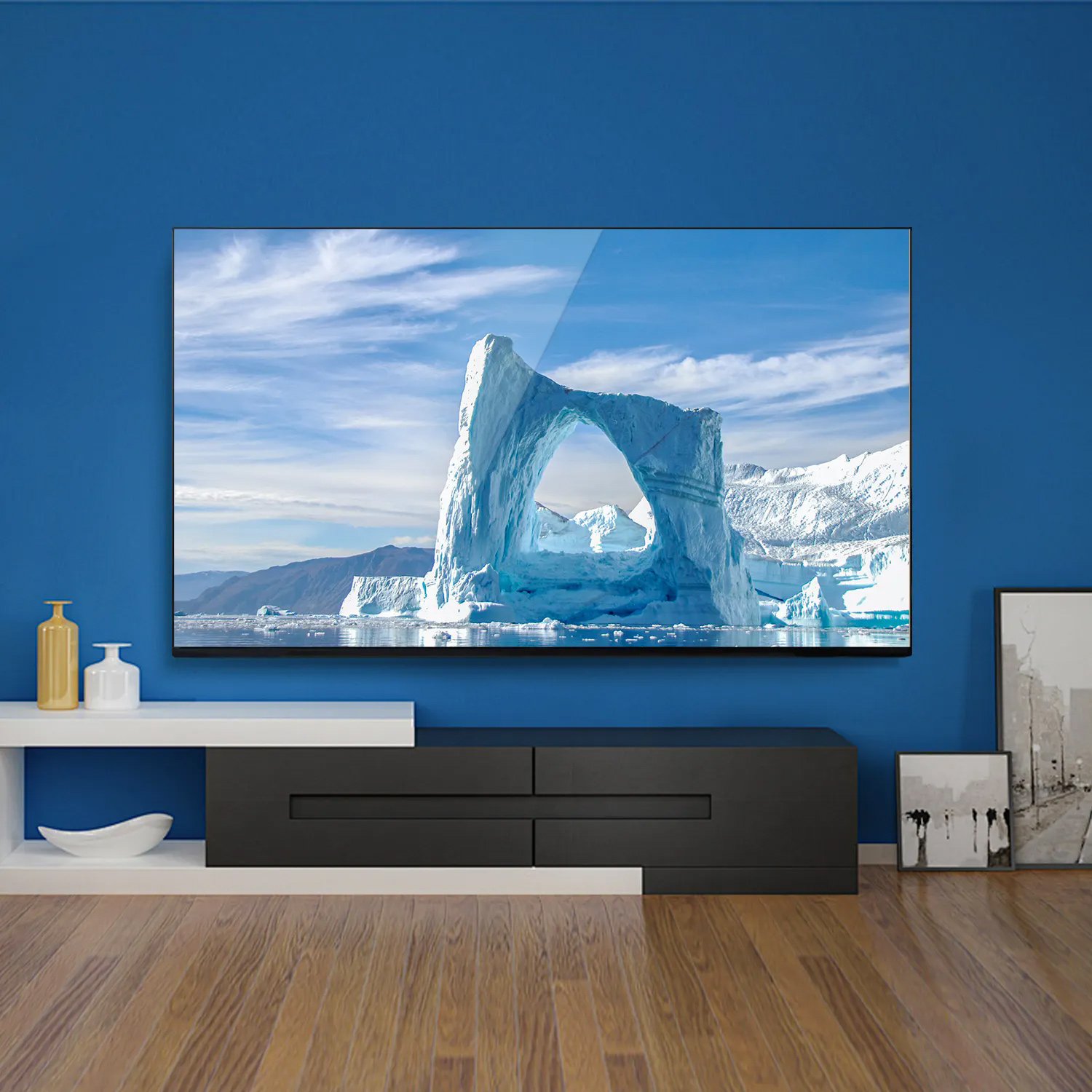Global Smart TV and Audio Amplifier Market Trends Analysis (2024–2030)
The convergence of entertainment technology and smart home ecosystems is reshaping consumer electronics, with smart TVs and audio amplifiers emerging as pivotal growth drivers. This report examines key trends, competitive dynamics, and commercial opportunities across these interconnected markets.
Smart TV Market Dynamics
The global smart TV market is projected to grow at a 5.2% CAGR through 2030, fueled by demand for immersive viewing experiences and streaming integration. Key developments include:
-
Resolution Wars: 8K adoption is accelerating, with 15% of premium TVs now featuring 8K displays. Brands like Samsung and LG leverage AI upscaling to enhance lower-resolution content, reducing reliance on native 8K media.
-
OS Ecosystem Battles: Google TV (Android TV) dominates 41% of the market, followed by Amazon Fire TV (28%) and proprietary systems like Samsung Tizen. Manufacturers prioritize partnerships with streaming platforms – Sony’s BRAVIA TVs now integrate Netflix Calibrated Mode for studio-grade color accuracy.
-
Gaming Integration: 120Hz refresh rates and HDMI 2.1 ports are becoming standard, with 32% of buyers under 35 citing console/PC connectivity as a purchase driver. LG’s OLED TVs lead in this segment, offering NVIDIA G-SYNC compatibility for reduced screen tearing.
-
Sustainability Pressures: EU energy regulations now require TVs to consume ≤1.0W in standby mode, pushing brands to adopt mini-LED backlighting. TCL’s QLED models reduced power consumption by 34% while maintaining brightness levels.
Audio Amplifier Market Evolution
The audio amplifier market is growing at a 6.8% CAGR, driven by smart TV partnerships and premium home theater demand. Critical trends include:
-
High-Resolution Audio Support: 82% of mid-range amplifiers now decode Dolby Atmos and DTS:X, with Denon’s AVR-X series supporting 8K/60Hz passthrough – a direct response to smart TV capabilities.
-
Wireless Multi-Room Systems: Brands like Sonos and Yamaha dominate the wireless segment, offering amplifiers with built-in Wi-Fi 6 for synchronized multi-room audio. Sonos’ Amp sales grew 27% YoY as users paired them with Arc soundbars.
-
Compact Hybrid Designs: Marantz’s NR1200 combines a 75W/channel amplifier with HEOS streaming, appealing to urban dwellers seeking space-efficient solutions.
-
Voice Control Integration: 44% of amplifiers sold in 2024 feature Alexa/Google Assistant compatibility. Onkyo’s TX-NR5100 allows users to adjust volume or inputs via voice commands synced with smart TVs.
Synergies Between Smart TVs and Amplifiers
The integration of these markets is creating new revenue streams:
-
HDMI eARC Adoption: Enhanced Audio Return Channel (eARC) technology, present in 68% of 2024 smart TVs, enables lossless audio transmission to amplifiers. This drives amplifier upgrades – 39% of Sony TV buyers purchased compatible receivers within six months.
-
Single-Remote Ecosystems: LG’s Magic Remote controls both TVs and partnered amplifiers, reducing user friction.
-
Bundled Sales: Best Buy reports 22% higher margins on home theater packages combining Samsung Neo QLED TVs with Harman Kardon amplifiers.
Regional Market Breakdown
Asia-Pacific accounts for 53% of smart TV production, with Chinese brands Hisense and TCL leveraging local panel manufacturing. India’s amplifier market grows at 9.1% CAGR as Bose targets tier-2 cities with compact soundbars.
North America leads in premium audio adoption – 18% of U.S. households own amplifiers priced above $500. Vizio’s M-Series Elevate soundbar, featuring rotating speakers, gained 14% market share by emphasizing Dolby Atmos compatibility with major TV brands.
Europe shows polarization: Western markets favor high-end B&O amplifiers (€2,000+), while Eastern Europe’s amplifier sales focus on budget models under €300.
Emerging Technologies
-
AI Sound Optimization: Samsung’s Q-Symphony technology synchronizes TV speakers with connected soundbars, using machine learning to analyze content type (e.g., dialogue vs. action scenes).
-
Phantom Channel Systems: Sony’s 360 Spatial Sound Mapping creates virtual surround effects without rear speakers, appealing to space-constrained users.
-
Blockchain Content Verification: LG’s 2024 OLED TVs integrate blockchain to authenticate 4K content sources, ensuring optimal amplifier performance.
Challenges
-
Standards Fragmentation: Compressive audio formats (e.g., Dolby Atmos vs. DTS:X Pro) require costly amplifier firmware updates.
-
Supply Chain Constraints: Gallium nitride (GaN) amplifier components face 18-week lead times, delaying premium product launches.
Strategic Opportunities
-
Hybrid Retail Experiences: Best Buy’s “Home Theater AI Simulator” lets customers visualize how specific TV/amplifier combos would look/sound in their homes, increasing conversion rates by 31%.
-
Subscription Audio Services: Denon’s HEOS platform now offers a €9.99/month “Cinema Mode” that optimizes amplifier settings for new movie releases.
-
Circular Economy Models: LG’s amplifier trade-in program provides 30% discounts on new models when recycling old devices, capturing eco-conscious buyers.
Future Outlook
The smart TV/amplifier market will increasingly focus on:
- Interoperability Standards: Unified control protocols between TVs and third-party audio gear.
- Health-Centric Features: TVs with built-in decibel meters that automatically limit amplifier output to protect hearing.
- Neural Audio Processing: Real-time language translation synchronized between TV dialogue and amplifier output.
By 2028, 65% of smart TVs are expected to ship with branded amplifier/soundbar recommendations, transforming standalone products into ecosystem gateways.








